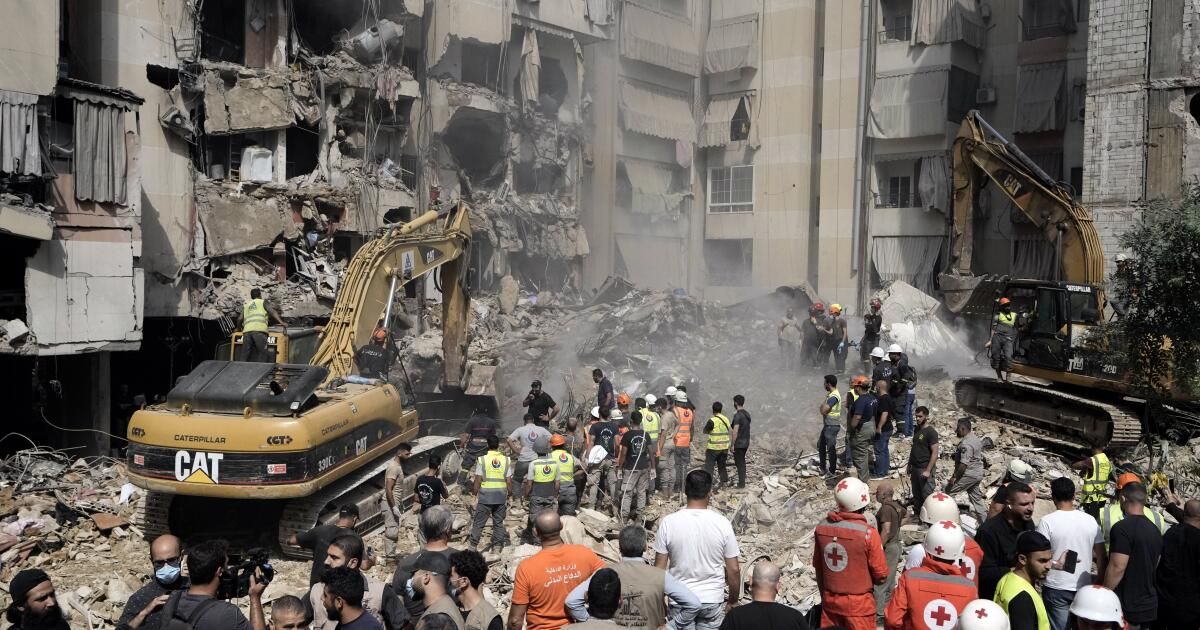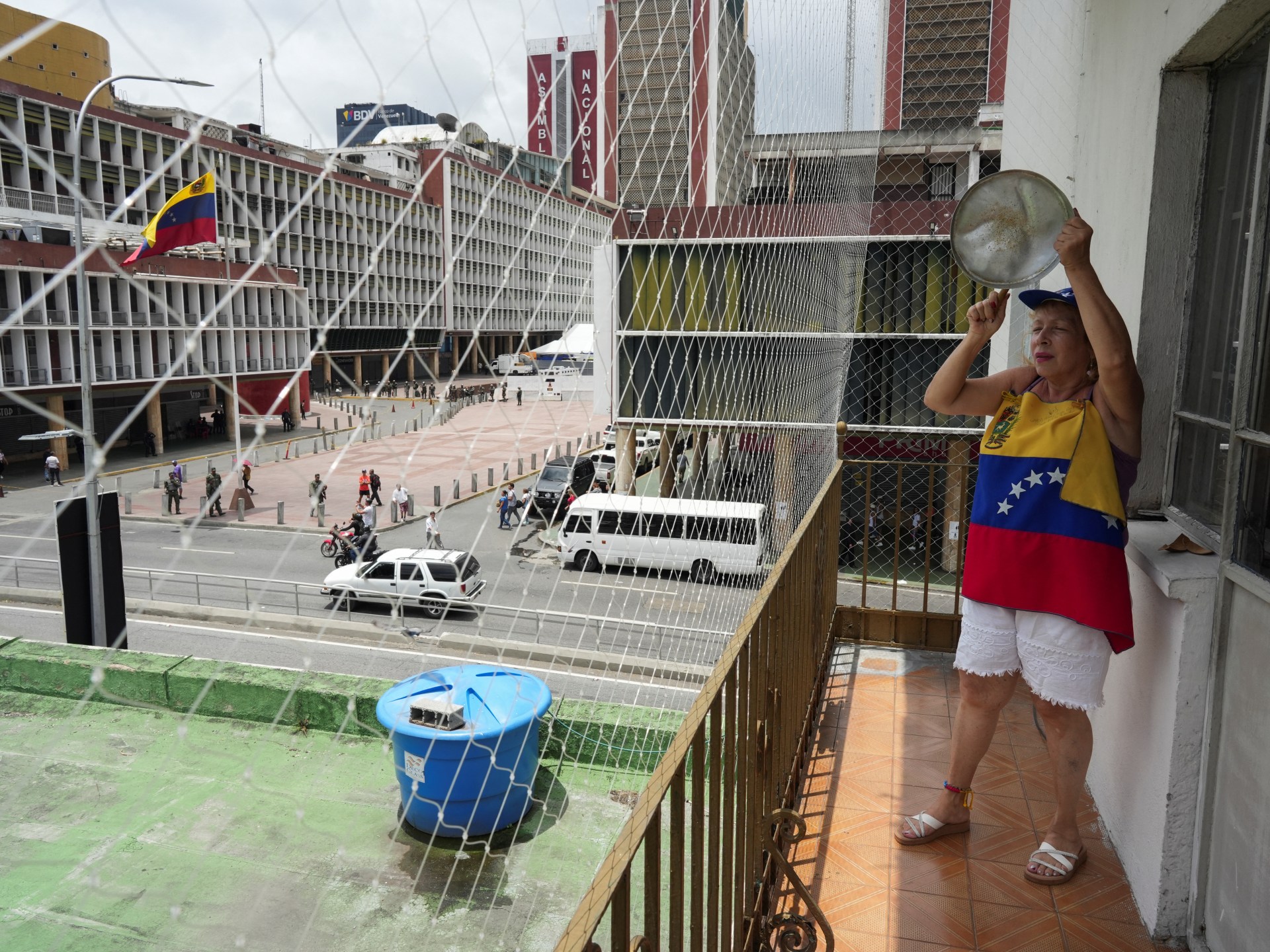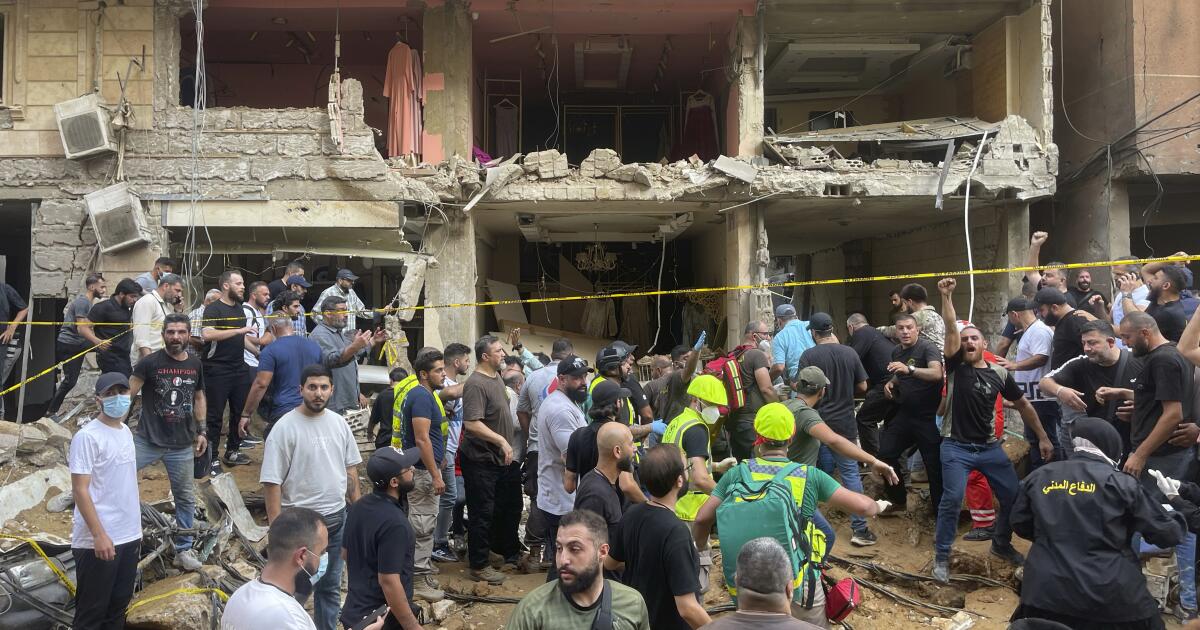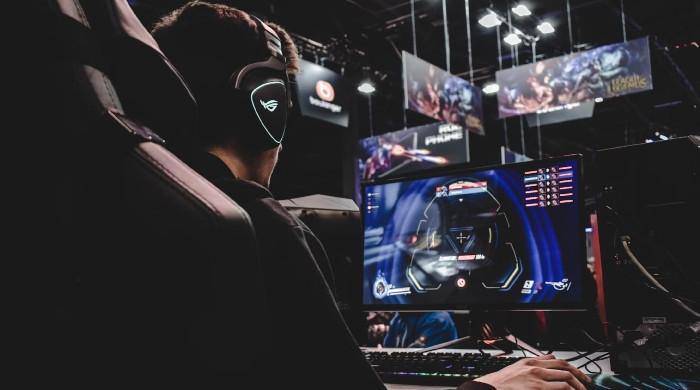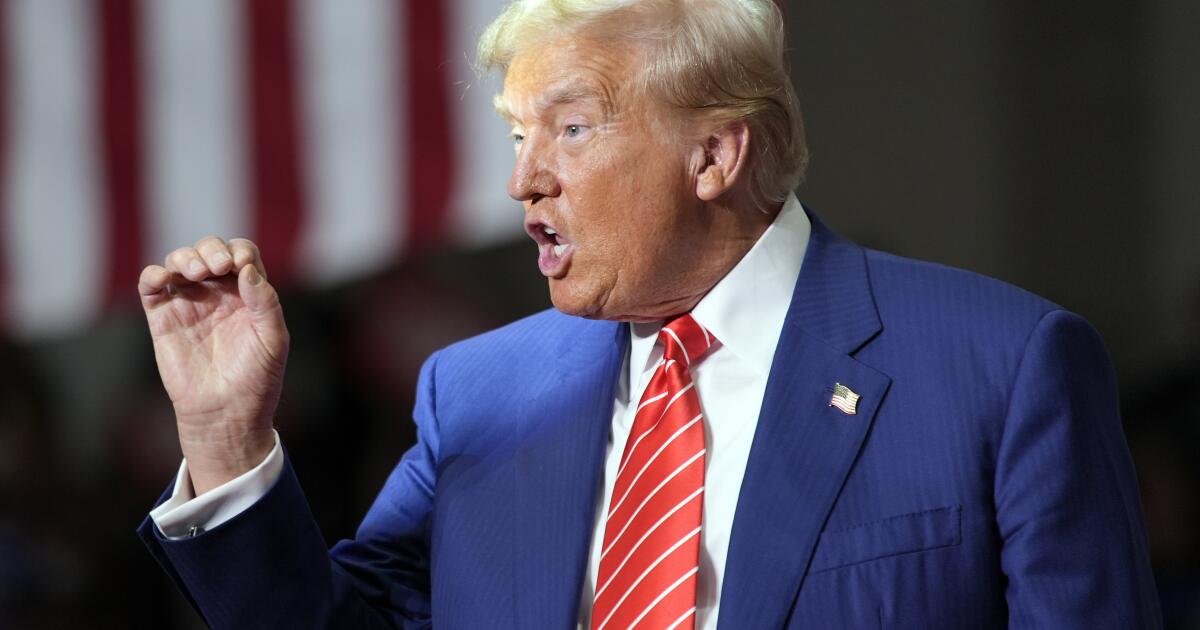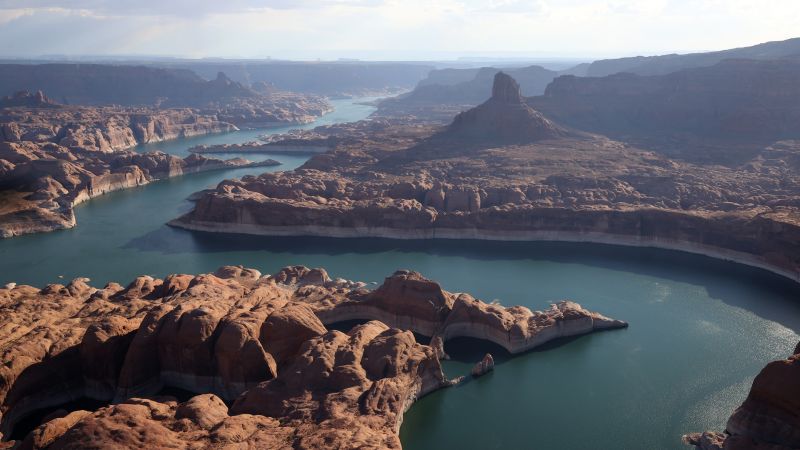As rescue teams continued to recover the last bodies of victims of the Israeli attack in Beirut, authorities took stock of the damage and Israeli warplanes launched a devastating attack on southern Lebanon.
By Saturday, the death toll from Friday’s airstrike, which hit a busy suburb of the Lebanese capital, had risen to 37, according to the Health Ministry. It is the deadliest attack in Beirut in decades. Lebanon’s interim Health Minister Firas Abiad told a news conference that the dead included seven women and three children and that 68 others were wounded. Many people are still missing and the death toll is expected to rise.
Hezbollah said 16 of the dead were members of its group and the rest were civilians. A day earlier, the group acknowledged the death of one of its most senior leaders, Ibrahim Akil, who created its elite Radwan force. Israel said Akil and other Hezbollah leaders were targeted in the attack. Ahmad Wehbi, head of the commando group, was also killed. Akil had become Radwan’s chief of operations after another senior commander was killed in an airstrike in Beirut nearly two months ago.
In 2015, the United States placed a $7 million bounty on Akil's head for his role in the twin 1983 bombings of the U.S. Embassy in Beirut and the U.S. Marine barracks, which together killed 370 people.
Israel and the Iranian-funded Hezbollah have been locked in an increasingly intense exchange of fire since Oct. 8, a day after Hamas militants’ deadly attack in southern Israel and the fierce Israeli offensive in the Gaza Strip that followed. Hezbollah says its goal is to force Israel into a ceasefire with Hamas. Friday’s attack in Beirut came after an intense Hezbollah bombardment of northern Israel that was mostly intercepted by Israel’s defense systems, according to the Israeli military.
On Saturday, journalists were allowed to tour the site of the attack in Beirut. Rescue workers, shrouded in smoke, stood next to a pair of excavators digging through a mountain of rubble — the remains of an eight-story building with 16 apartments.
The blast also hit a second building, in the basement of which Hezbollah officials met, according to Israel. That building was still standing, but the walls of the second floor were blown away. One apartment, painted pink, was a clothing store, with dust-covered dresses still hanging on hangers. A sign nearby read: “Dress like you're already famous.”
Residents and relatives continued their vigil, waiting for news of missing loved ones. Some sat on plastic chairs in the street, alternating between sobbing and silence. Others gathered near an entrance to the blast zone and watched as Red Cross workers brought in stretchers to carry out bodies.
“We have six dead in our family. Three are already outside, three are still under the rubble,” said Mohammad, a 21-year-old from a nearby neighborhood who was waiting on the sidewalk. Like others interviewed, he feared harassment from other residents for speaking to Western media and asked that only his first name be used. Two of the missing were children, one aged 15 and the other 4, he added.
Further up the street, five women in abayas were comforting another woman, who repeatedly cried out: “They are all martyred.”
The airstrike capped a devastating week for Hezbollah. On Tuesday and Wednesday, thousands of pagers and walkie-talkies used by the group’s fighters, officials and administrators detonated, killing 37 people (including two children) and leaving thousands with injuries to their eyes, hands and torsos. Israel has not claimed responsibility for those attacks, but is widely believed to have orchestrated them.
Israeli warplanes carried out dozens of airstrikes in southern and eastern Lebanon on Saturday, officials said, adding that the bombardment was more intense than previous waves of attacks. Israel said it was attacking targets of Hezbollah, which announced it had carried out attacks on several military sites in northern Israel.
The ongoing attacks on the Israeli-Lebanese border have forced some 90,000 people in southern Lebanon to flee their homes. In northern Israel, 60,000 have been displaced. Israel's security cabinet announced this week that stopping attacks in the north so that residents can return to their homes there is now an official goal of the war.
Hezbollah leaders insist they will not stop their rocket campaign until a ceasefire is declared in Gaza, but the Israeli escalation has increased pressure on the group, which was created with Iranian support in 1985 and has since grown into a sprawling military-civilian organisation, not to mention one of Lebanon's most powerful political parties.
It earned its reputation as the most effective Arab armed force during Israel's 18-year occupation of southern Lebanon, when Lebanese Shiite guerrillas — including Akil — waged an insurgent campaign that forced the Israeli army to withdraw in 2000.
In 2006, a 34-day war between Israel and Hezbollah left large swathes of Lebanon destroyed but the militant group untouched. The memory of that devastation remains fresh in the minds of the Lebanese people, and many fear that an all-out war would now ravage a country already suffering from a years-long economic crisis.
Hezbollah has looked unexpectedly vulnerable following Israel's recent attacks, with no response to reassure its internal base. In a speech on Thursday, Hezbollah chief Hassan Nasrallah said retaliation was on the way, but gave no further details.
Many of his supporters believe that the time has come for all-out war.
“Sayyid is concerned about our well-being, but we are prepared,” said Kayed, a resident of the attacked neighborhood who asked to be identified only by his first name to avoid harassment for speaking to Western media. He referred to Nasrallah by his honorific title.
“I pray to Allah that the attack will make the Sayyid lose his patience.”

